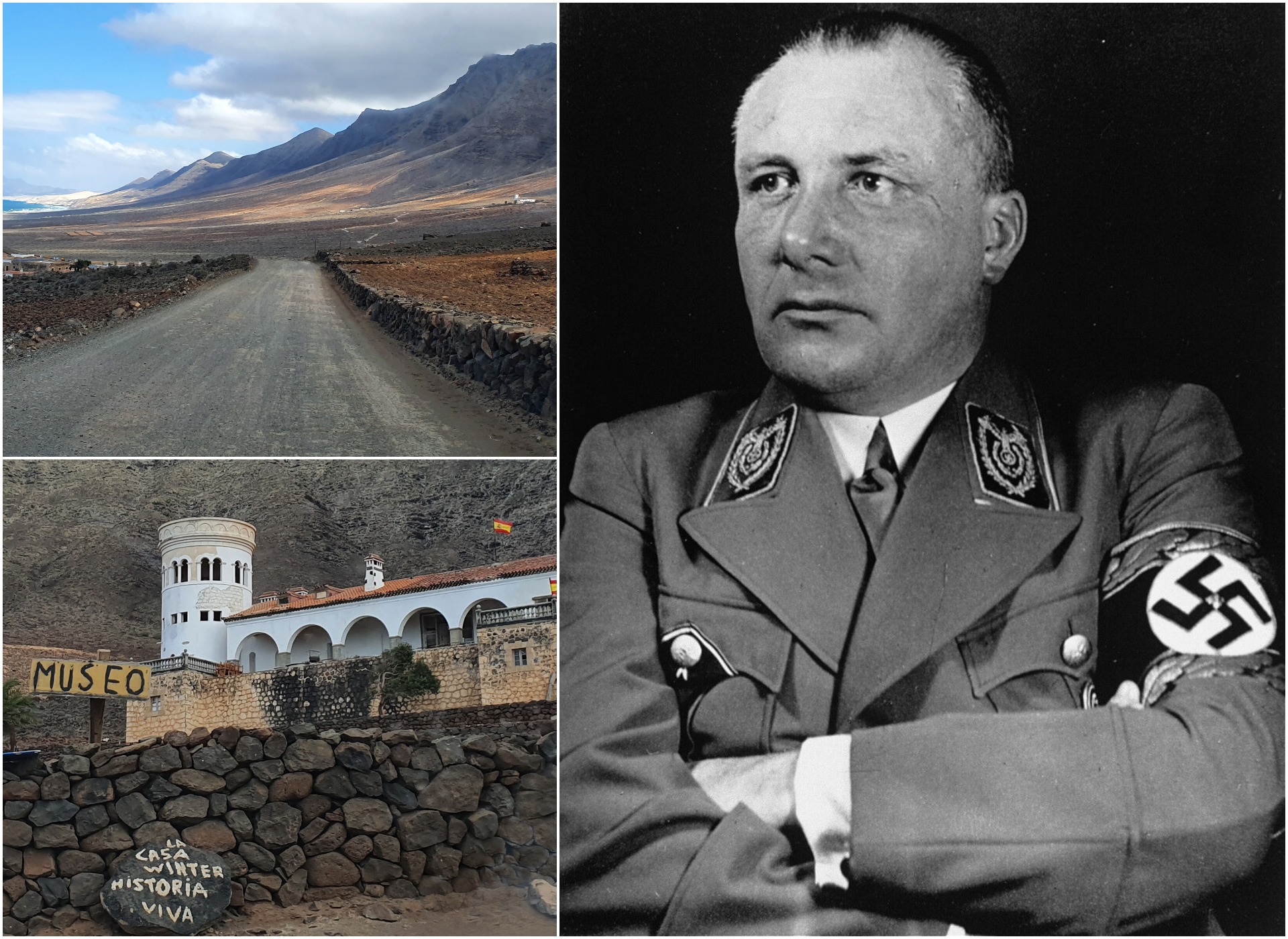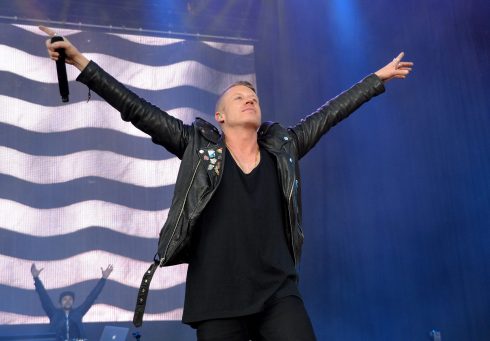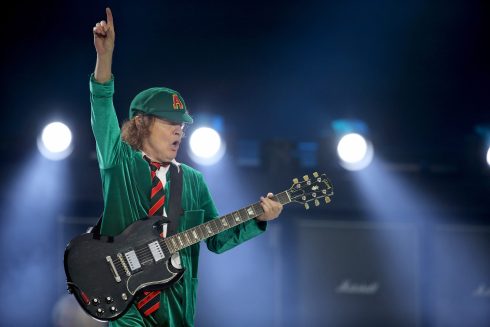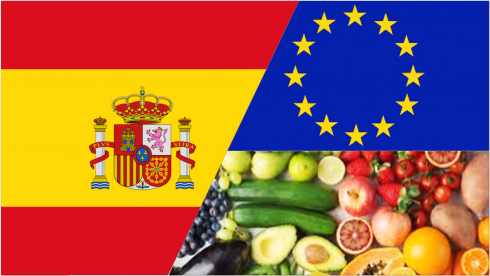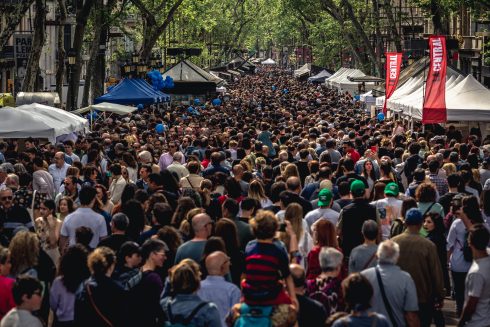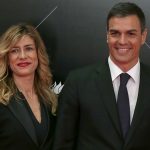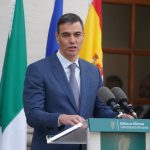Words by Conor Mcglone
SCORES of roosting doves erupted from the decrepit courtyard as we entered the ominously-named Villa Winter. I’m not easily spooked but something in the air felt very wrong.
A punch bag and gloves hung in one corner, a couple of chained-up rottweilers guarded another, compounding that feeling. Budgies languished in a birdcage, next to an inscription that read: ‘History is the cage that imprisons us’.

There was an unnatural stillness to the air and a strong scent of sedentary humanity but there was no turning back now – it had been no small feat getting here.
While the Canary Islands bring to mind neatly packaged cheap winter sunshine, there is much more to Fuerteventura than sunburn and cervezas. This you will know if, like us, you have risked the 40-minute hair-raising off-road drive round Fuerteventura’s rugged southern tip, the Jandia peninsula, to be rewarded with epic views of a ridge of volcanic mountains trailing like a giant’s stepping stones to the sea.
At the foot of the mountains lie miles of windswept beaches, with perfect white sand and barely a speck of civilization in sight, a tapestry of cloud, light and blue, changing quickly in the blustery weather.
There is one conspicuous exception. Few visitors make it up a second dusty track to Villa Winter, a grandiose turreted building nestled impossibly at the base of the mountains. In the 1930s, when the building was constructed, the setting would have been even more remote, accessible only by donkey or camel.
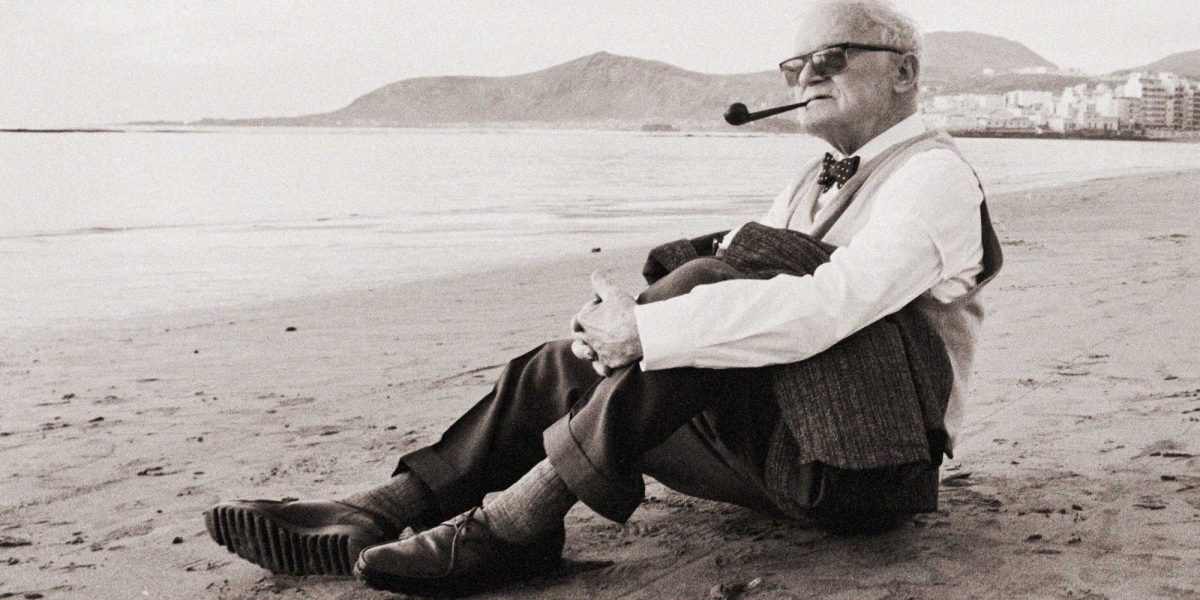
Disturbing rumours had brought us here. Legend has it that the base was constructed by the German engineer Gustav Winter, financed by the Nazi regime. During the Second World War, it is said, the base was a secret launchpad for U-boats via a subterranean network of volcanic caves. After the war it became one of the last refuges of the Third Reich, where high-ranking SS officers fled to undergo appearance-altering facial surgery on the way to new lives in South America.
Now, wandering goats and donkeys roam about the ramshackle exterior, gulls wheel and cry piteously. A rooster calls.
A gruff, stocky man barred our way, demanding a ‘donation’ as he gestured at a lopsided piece of wood with ‘museo’ scrawled on it. This man, I later discovered, was Pedro Fumero.
Fumero’s grandfather had helped to build Villa Winter and his four uncles were hired by Winter’s family as guards of the house at the end of the 70s. In the 90s the Winters sold the house to a large hotel and construction company and his relatives – unaware of the sale – ceased to receive their small fee for looking after the house.
Returning from Tenerife in 2012 and finding the place in a state of utter disrepair, with his relatives barely surviving in the squalid conditions, a heart-broken Fumero decided to stay and look after them. Remembering the stories his grandfather had told him about the ‘upside-down ships’ (as he called the submarines), Fumero vowed to uncover the truth.
Gustav Winter’s own life is shrouded in mystery. We know that in 1928 he built the power plant CICER on neighbouring island Las Palmas de Gran Canaria – described as ‘a masterpiece of German engineering’ – and became fascinated by the Jandia peninsula.
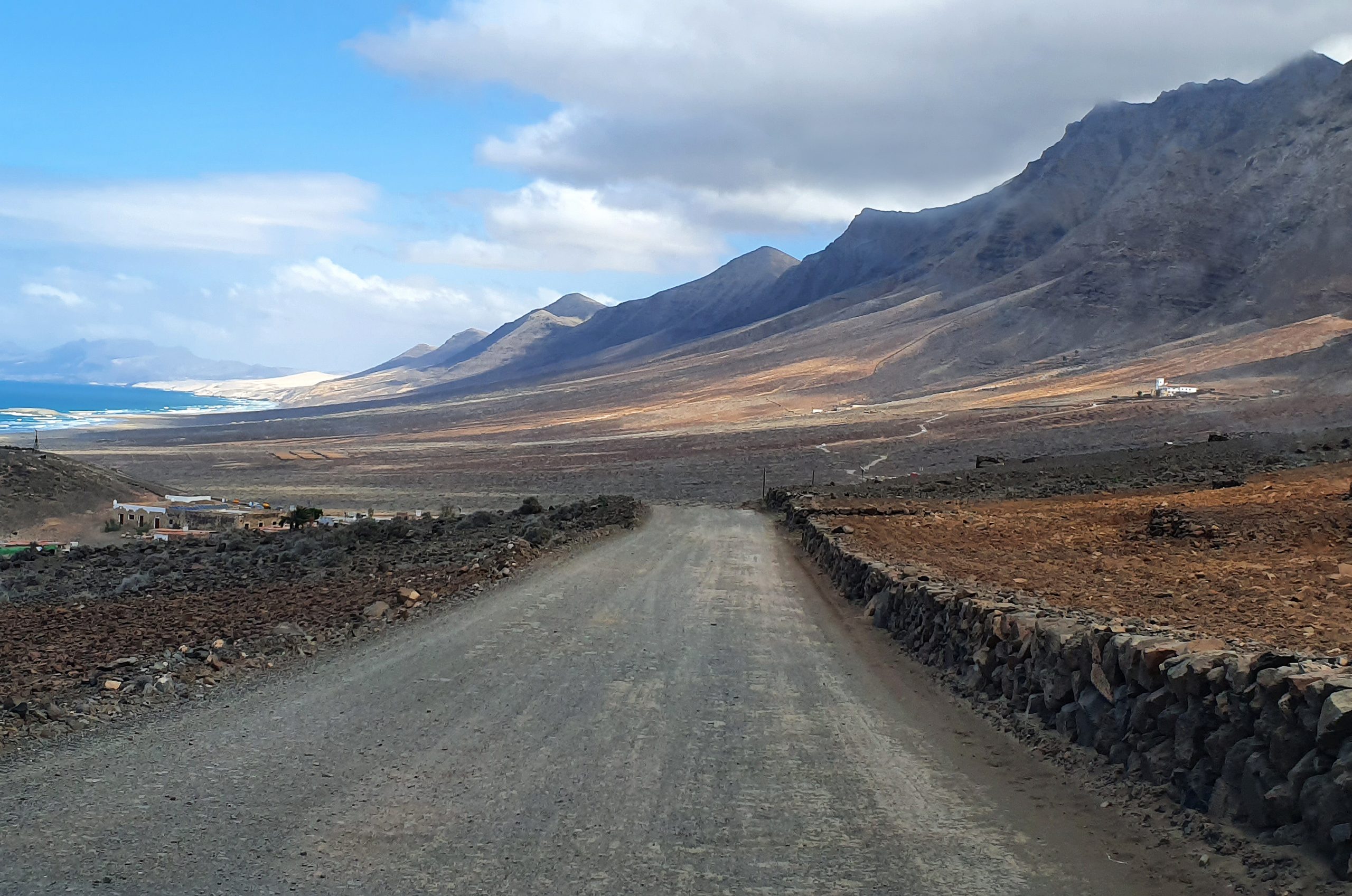
Legend has it that in 1939, he arrived on Fuerteventura with a suitcase full of cash on a special mission to purchase the strategic peninsula for the Nazis.
While Winter denied this until his death in 1971, historians agree that there were German submarines in the Canaries archipelago during the war. This is despite Franco declaring Spain neutral at the outbreak. He was, after all, heavily indebted to Hitler for helping him brutally win the Spanish Civil War.
During WW2 the Jandia peninsula was blocked off from the rest of the island. Local inhabitants were only allowed back in the 1950s when the Franco regime finally removed a fence which crossed the peninsula from coast to coast.
As we nosed about the small museum located in a stifling back room, I was struck by the uncomfortable thought that the exhibits, laid out without any explanation or context, could be treated as pure memorabilia, a Neo-Nazi shrine.
There were old Nazi uniforms and news clippings, huge wartime radio sets and photographs of dead soldiers. There were test tubes and nasty looking syringes as well as serious-sized batteries alleged by Fumero to have powered submarines.
Darwin Vidal, a German engineer who has been working with Fumero for the last four years to investigate the rumours, told me ‘everything indicates’ that the Winter house was used as a naval base. Local documents date the house as being built in 1946, but Vidal claims the ‘bunker’ or base of the building was built before the war.
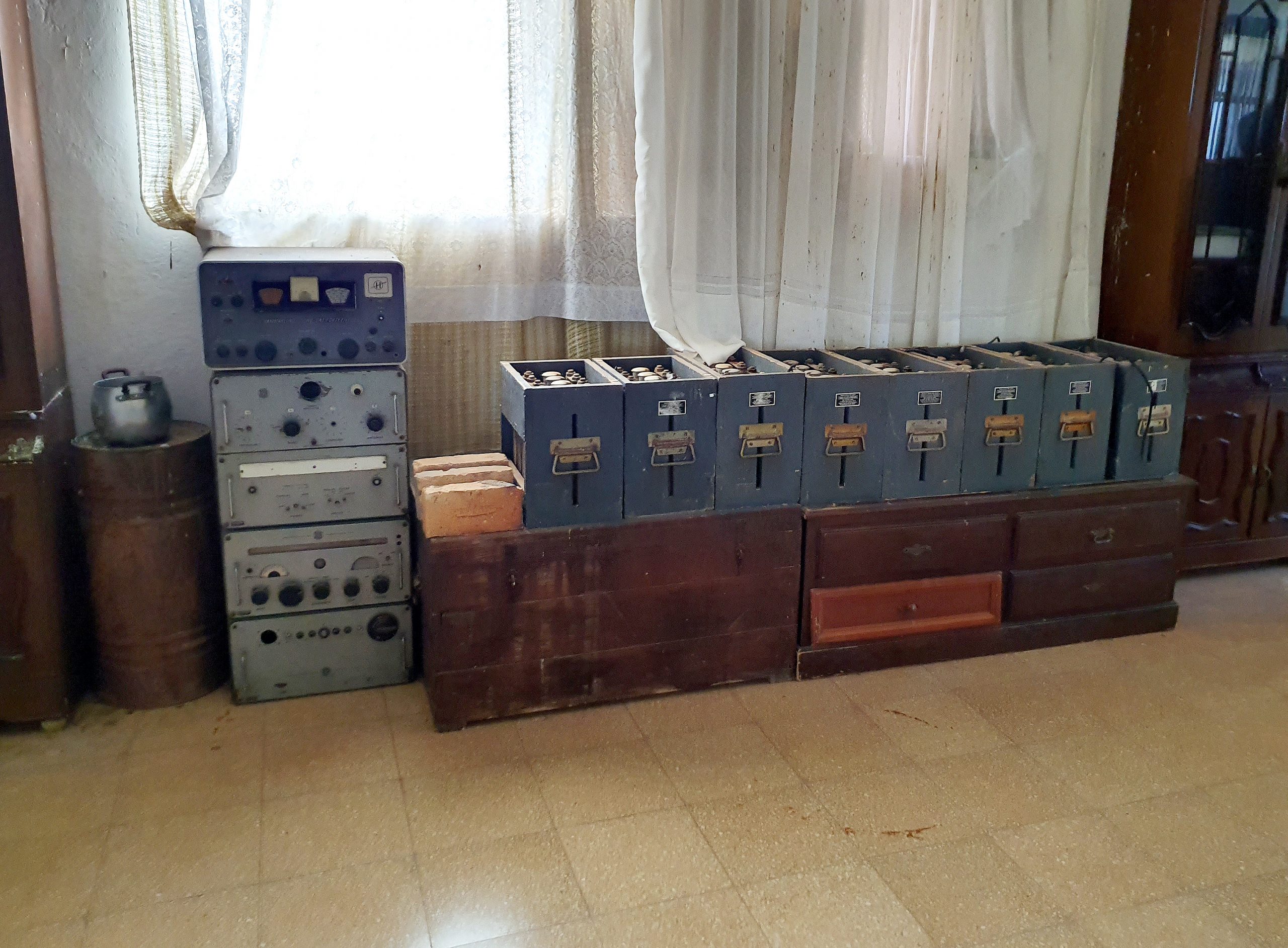
According to Vidal, the 1.4-metre-thick reinforced concrete walls, the vaulted ceiling and an imposing tower that looks suspiciously like a lighthouse are all clues that the villa was used to provision German U-boats.
The rest of the house was built after the war, in Vidal’s opinion as ‘an ideal place to hide and escape allied arrests’. The presence of several windowless rooms, for example, could have been used to conceal people.
Vidal, who has been tirelessly combing the national archives in Germany, said there is ample evidence that Winter collaborated with the Nazi regime, bringing him ‘a great fortune’.
Vidal claims he has the paper trail that shows Winter received 2,000,000 RM in 1939 – equivalent today to €123,684,000 – from Hitler’s right-hand man and father of the Gestapo, Herman Göring.
He said documents supporting the purchase of Jandia state that the facilities should ‘be compatible with the needs of the German navy’. Vidal also said he had proof that German specialists in military construction had been sent to Fuerteventura around this time.
This suspicious activity did not go unnoticed. After the war, according to Vidal, Winter appeared on a ‘Wanted List’ of 104 German agents in Spain, drawn up by the allied forces. Like other Germans on the list, Winter was not handed over by the Spanish authorities and died a free man in Gran Canaria.

Life was hard for the locals in Jandia under fascist rule. “Many people worked as medianeros [sharecroppers], cultivating and caring for livestock, but half of the benefits went to the owners of the land,” said Fumero, who alleges that Winter made use of this punishing system.
“As always happens, some locals benefited, especially those who collaborated with him or worked as ‘watchmen’…but for the majority, it meant the loss of autonomy, surveillance and many beatings.”
Fumero described the concentration camp in Fuerteventura in Tefia, which survived until 1966, as ‘another dark chapter of the island’. Winter used the inmates as slaves to build the path that led from the centre of the island to the villa, the so-called camino de los presos or ‘inmates’ path’.
Vidal says it is probable Villa Winter itself was built with slave labour.
Fumero, who wants Villa Winter turned into a historic tourist attraction, also directs his venom towards the government, which he says is ashamed of the island’s dark past.
The government could compel current owners, the Lopesan Hotel Group, to maintain the building ‘as is done in cases of historic buildings’, said Fumero.

“Or or they could directly negotiate to acquire it…but the government does not take action, and Lopesan prefers to wait for it to fall before recognising the rights of my family and reaching an agreement.”
“They all have responsibility for it. The Winter family sold the house to Lopesan with my uncles inside, as if they were mere furniture,” he added bitterly.
Lopesan did not return my calls and neither did the local government, the Cabildo. But it seems Villa Winter is not something the government wishes to publicise. It is certainly not in any glossy tourist brochures. This might seem odd on an island so heavily dependent on the tourist euro but perhaps not; the presence of such a place suggests state complicity in some very unconscionable practices.
In mainstream Spanish politics, we have seen recent gains by the far-right and it has taken almost 50 years since Franco’s death for his body to be exhumed from the Valle de los Caídos, the shrine he built as a triumphant homage to fascism and a sneer at democracy. In the absence of any true reconciliation, many Spaniards still do not know where their grandparents, murdered by Franco’s forces, are buried.
It was not without a certain sense of relief that I buckled up for the spectacular drive back to civilisation. But it was no longer the evil spectres of the not-so-distant past looming among the crumbling turrets that sent shivers down my spine. It was the sense of how present day Spain is still so mercilessly chained to its troubled history.
Top secret: What FBI documents tell us about Fuerteventura’s Nazi secret
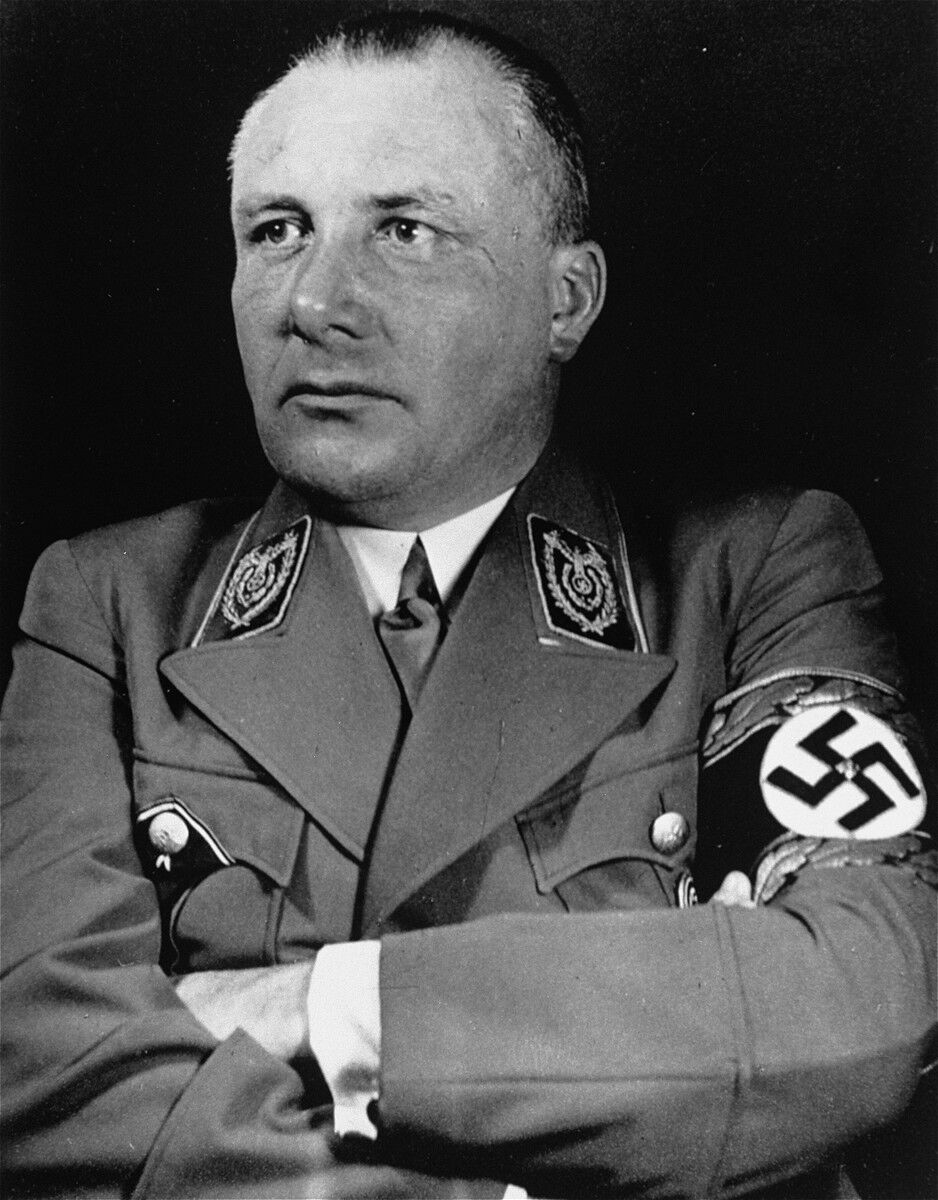
In 1973 an FBI informer reported that ‘a number of former Nazis live on the Island of Fuerteventura’.
A declassified FBI report from that year, released by the CIA in 2001, proposes a theory that top-ranking Nazi official Martin Bormann, had not actually died in 1945 but was alive and living in Zurich.
Bormann is thought to have been instrumental in the Nazi’s flight capital programme, which saw millions of dollars of blood money smuggled out of Germany via Spain before the allied victory.
The same informer also reported: “Large land holdings in the Jandia section of the island are either owned by ex-Nazis who receive the income from them, or are sites of their residences. A man named Winter reportedly acts on behalf of the Nazis in their real estate dealings”.

